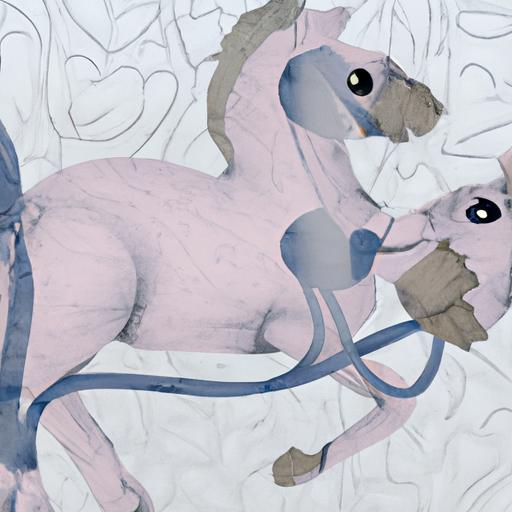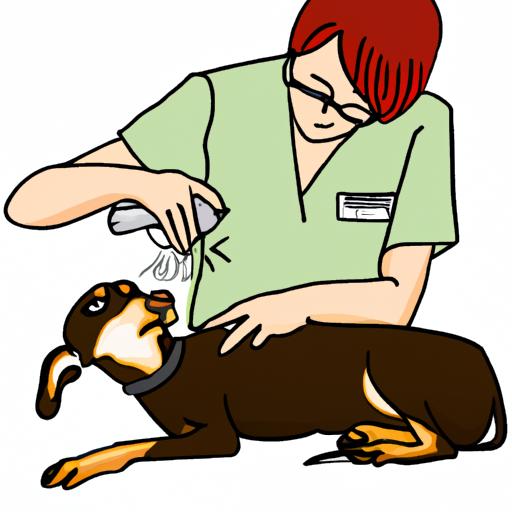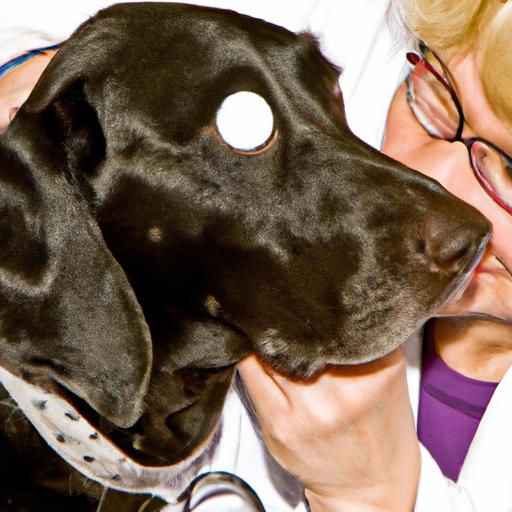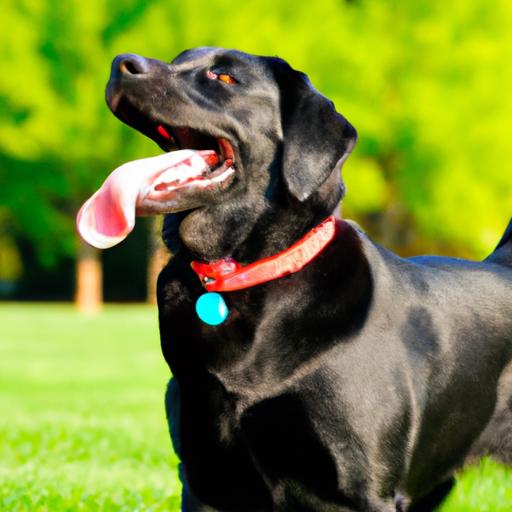
Canine Hyperthyroidism: Thyroid Gland Overactivity
Learn about canine hyperthyroidism, a condition characterized by thyroid gland overactivity. Discover its causes, symptoms, diagnosis, and treatment options.
Introduction
As pet owners, we always strive to ensure the well-being of our furry companions. One health condition that can affect dogs is canine hyperthyroidism, which is characterized by an overactive thyroid gland. Understanding this condition and its implications is crucial for providing the best care for our beloved pets. In this article, we will delve into the intricacies of canine hyperthyroidism and explore its causes, symptoms, diagnosis, and treatment options.
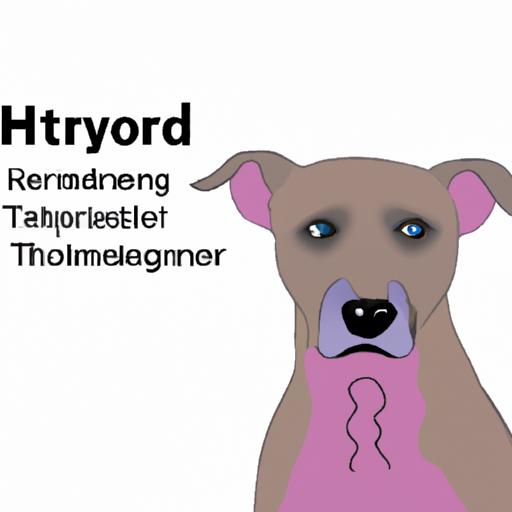
Understanding Canine Hyperthyroidism
Canine hyperthyroidism occurs when the thyroid gland, a small butterfly-shaped gland located in the neck, produces an excessive amount of thyroid hormones. This hormonal imbalance can wreak havoc on your dog’s overall health. So, what causes this overactivity in the thyroid gland?
Causes of Canine Hyperthyroidism
The most common cause of canine hyperthyroidism is a benign tumor called a thyroid adenoma. These tumors develop in the thyroid gland, causing it to produce excessive amounts of thyroid hormones. In some cases, however, hyperthyroidism can be a result of a malignant tumor called thyroid carcinoma. Other potential causes include inflammation of the thyroid gland or an immune system disorder.
Symptoms and Signs of Canine Hyperthyroidism
Identifying the symptoms and signs of canine hyperthyroidism is vital in order to seek proper veterinary care. While the specific symptoms may vary from dog to dog, there are some common indicators to look out for. These can include:
- Weight loss despite increased appetite
- Excessive thirst and urination
- Restlessness and hyperactivity
- Increased heart rate and irregular heartbeat
- Panting and intolerance to heat
- Poor coat condition and excessive shedding
- Muscle weakness and tremors
- Vomiting and diarrhea
If you notice any of these symptoms in your furry friend, it’s essential to consult a veterinarian for a comprehensive evaluation.
Diagnostic Tests and Procedures for Canine Hyperthyroidism
To diagnose canine hyperthyroidism, your veterinarian will perform a series of tests and procedures. These may include a thorough physical examination, blood tests to measure thyroid hormone levels, and imaging studies such as ultrasound or scintigraphy to assess the size and condition of the thyroid gland. These diagnostic measures are crucial in confirming the presence of hyperthyroidism and determining the best course of action.
FAQ: Frequently Asked Questions about Canine Hyperthyroidism
Let’s address some frequently asked questions regarding canine hyperthyroidism to further enhance our understanding of this condition.
What are the risk factors associated with canine hyperthyroidism?
While the exact causes of canine hyperthyroidism are not fully understood, certain breeds, such as the Golden Retriever and Doberman Pinscher, are more prone to developing this condition. Age can also be a contributing factor, as hyperthyroidism is more commonly observed in middle-aged to older dogs.
How is canine hyperthyroidism diagnosed?
Diagnosing canine hyperthyroidism involves a combination of physical examination, blood tests, and imaging studies. Your veterinarian will evaluate your dog’s symptoms, measure thyroid hormone levels in the blood, and utilize imaging techniques to assess the thyroid gland’s condition.
What treatment options are available for dogs with thyroid gland overactivity?
The treatment approach for canine hyperthyroidism depends on various factors, including the severity of the condition and the dog’s overall health. The most common treatment options include medication to regulate thyroid hormone levels, surgical removal of the thyroid gland, or radioactive iodine therapy. Your veterinarian will recommend the most suitable treatment option based on your dog’s specific needs.
Can canine hyperthyroidism be prevented?
Preventing canine hyperthyroidism is challenging, as the exact causes are not fully understood. However, regularly monitoring your dog’s health, providing a balanced diet, and scheduling routine veterinary check-ups can contribute to early detection and prompt intervention if any abnormalities are detected.
Are there any complications or long-term effects of canine hyperthyroidism?
If left untreated, canine hyperthyroidism can lead to various complications and long-term effects. These can include heart problems, high blood pressure, kidney dysfunction, and even thyroid gland cancer. Timely diagnosis and appropriate treatment are crucial in minimizing the potential risks associated with this condition.
Conclusion
Canine hyperthyroidism is a condition that requires careful attention and prompt intervention. By understanding the causes, symptoms, diagnosis, and treatment options associated with thyroid gland overactivity, we can ensure the well-being of our furry friends. If you suspect your dog may be suffering from hyperthyroidism, don’t hesitate to consult a veterinarian who can provide an accurate diagnosis and recommend the best course of action. Remember, early detection and proper management are key in ensuring your dog’s overall health and happiness.

